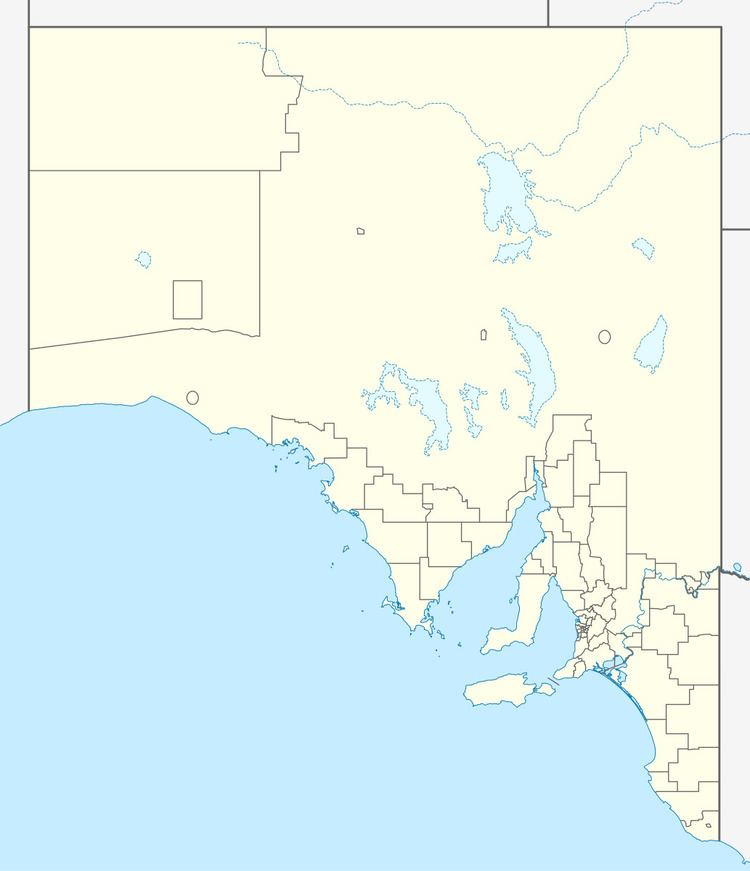 | ||
Liguanea Island is an uninhabited granite island located 3.7 km south of Cape Carnot at the southern, central point of Eyre Peninsula, South Australia. It is approximately 2.7 km long, 180 ha in size its elevation above sea level is estimated to be 43 metres. It is approximately 35 km south-west of Port Lincoln in the Great Australian Bight. The island forms part of the Lincoln National Park.
History
Liguanea Island was named by British explorer Matthew Flinders on February 18, 1802. The following day, Flinders named the nearby headland Cape Wiles 'after a worthy friend at Liguanea, in Jamaica.' In Flinders' atlas (Plate 17) there is a view of the cape and the island as seen from his ship, The Investigator.
The same year, French explorer Nicolas Baudin provided the alternative name of Ile Guyton. He also named the nearest mainland point Cap Carnot, which was later adopted and Anglicized to officially become known as Cape Carnot.
In 1905, the ship Governor Musgrave called by Liguanea Island while searching for the wreckage of the lost vessel, Loch Vennachar. A newspaper correspondent on the vessel described the island as 'a large bare block of forbidding granite some miles in extent.'
In 1914, a buck and two does were placed on Liguanea Island.
On May 26, 1980, biodiversity data was collected on Liguanea Island. Among species recorded were the Australian sea-lion, little penguin, Cape Barren goose and bush rat.
